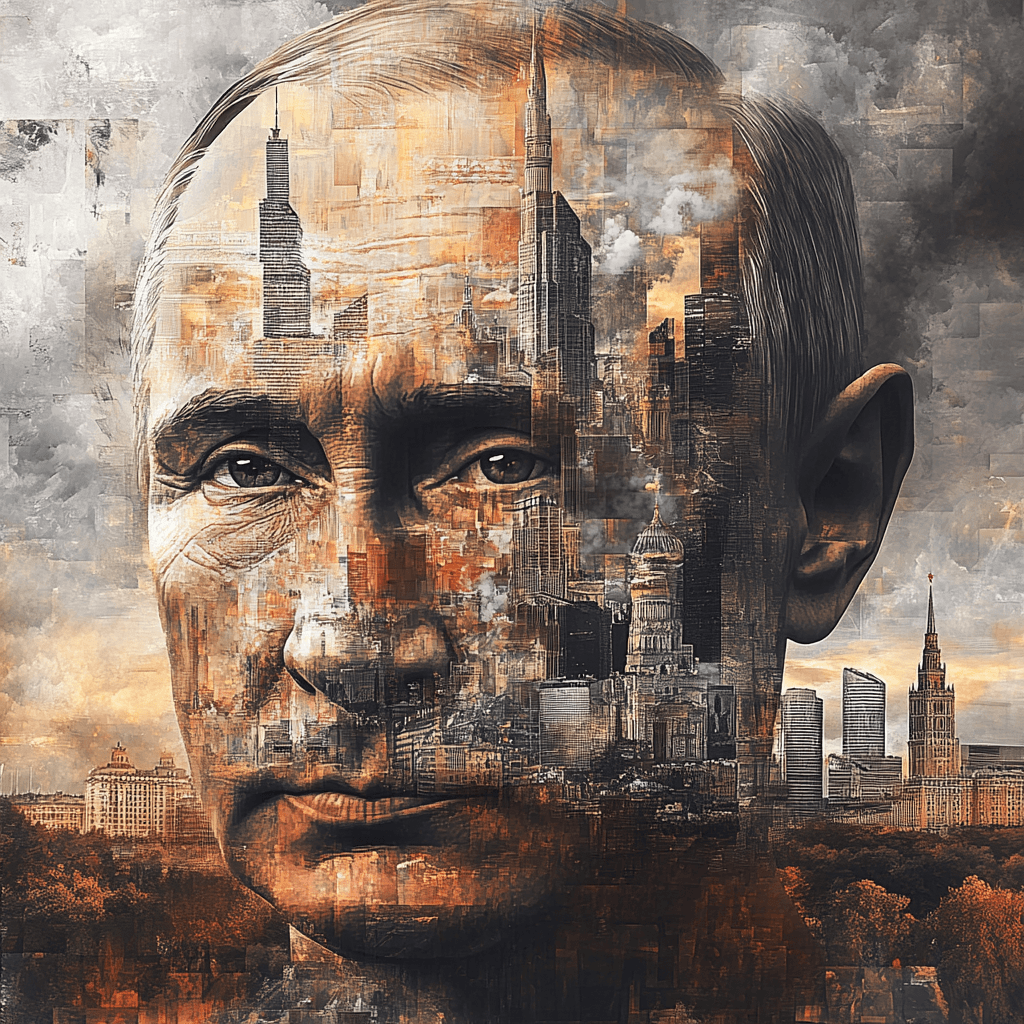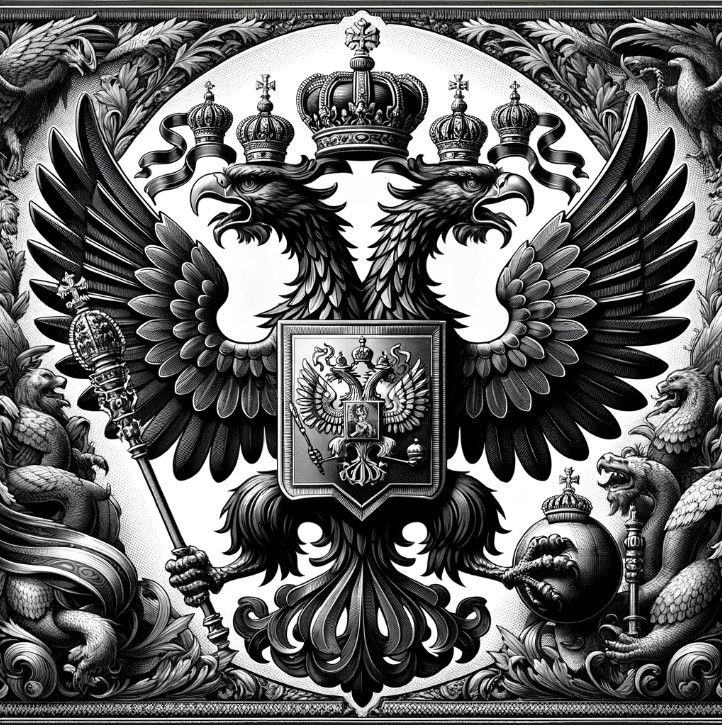
Track Russian Disinformation
Russian actors have extensively flooded foreign countries with media narratives, deeply influencing Western media ecosystems. Osavul’s platform enables users to detect and analyze these embedded narratives.
Fetching modules...

One of Russia’s most important weapons is information operations. Russian fake news and direct propaganda have long been central to its foreign information manipulation strategy. Today, Russia stands as the leading state sponsor of large-scale disinformation campaigns, destabilizing states, eroding social cohesion, and even interfering in democratic processes.

Russian actors have extensively flooded foreign countries with media narratives, deeply influencing Western media ecosystems. Osavul’s platform enables users to detect and analyze these embedded narratives.

Russian disinformation campaigns are often backed by huge operations—some costing billions. Osavul focuses on pre-bunking and de-dunking such efforts (e.g., the $1.5 billion "Maidan 3" operation) aimed at destabilizing Ukraine.
With the world’s largest database of compromised, Russian-affiliated channels, Osavul offers a comprehensive view of the complete propaganda network and narrative ecosystem.

Decoding Russian disinformation requires linguistic depth. Osavul’s system understands modern Russian slang and colloquialisms, revealing narratives that non-native speakers frequently overlook—offering a clearer, more nuanced view of how these narratives originate and spread.
Learn more about Osavul’s public research
Context
A case of information attacks on NATO.
Brief
Delivered by NATO Stratcom COE and Osavul.
Context
How RT avoids sanctions in Germany
Brief
Delivered by Osavul, exposing domains of RT that still operate in the German information space.
Context
A case on FIMI practices used by Russian actors to support Rosatom.
Brief
Delivered by Osavul, exposing FIMI practices in the nuclear industry.
Context
Osavul describes the main narratives in the 1 billion information operation conducted by Russia against Ukraine.
Brief
Delivered by Osavul with the highlight of hostile campaigns against the UA military, civilians, and government.


Learn what the media says about Osavul

By signing up to receive emails from Osavul, you agree to our Privacy Policy. We treat your info responsibly. Unsubscribe anytime.